[[xx]] == not translated or vague or possibly correct but not sure
[xx] == my addition or comment
(or) == other possibility
Gulenko's symbols for the IEs are as follows:
S = sensus/sensing (Si)
I = intueor/intuition (Ne)
L = lex/law/logic (Ti)
E = emoveo/emotion (Fe)
T = tempus/time (Ni)
F = factor/force (Se)
R = relatio/relations (Fi)
P = profiteor/profit/production (Te)
Note: The demonstrative function or 5th function in Gulenko's energy model = (roughly) the creative function in Model A. So whenever Gulenko says demonstrative or 5th, you can safely interpret that as creative for today's purpose.
Demonstrative Intuition
In the energy model, the 5th position is called demonstrative. This is the most powerful internal (that is, short-ranged) function, designed to be used on its own territory. Therefore, when it is observed from a distance, it often seems inadequate and protruding. Quite a comical look when it is the demonstratively triggered intuition - the most abstract mental function. This phenomenon is characteristic of the four intuitive rationals.
We turn to the obvious examples. Look at the picture. In the first photo you see a demonstratively expressed T-state (/ intuition of time) of the [[current measure]] of Kiev Leonid Chernovetsky (his type is LIE), which, in fact, he nicknamed "Lenya-space".
The second picture also features demonstrative intuition, but I (/ intuition of opportunities). It captures the moment of the interview with the well-known economist Mikhail Khazin. I belive his type is LII ("Analyst").
As you can see, the typical state of demonstrative intuition is a defocused eye. But in the case of dynamic intuition "T" the view is directed forward and upward; he seems to be floating or furrowing through outer space. Static intuition "I" is characterized by stopping to gaze at the mid-line, as if he were looking "through you".
The fifth function is key for interpersonal compatibility, since a person rarely makes concessions concerning it. Through this function, a type marks its territory and sends a highly visible signal of its presence. [[Acquaintances must adapt to the 5th function at close range]], or a trust relationship with its possessor can never form.
Demonstrative Sensing
Demonstrative sensing is observable as a tense face and the concentration of the gaze on some external point or object. This applies, not without some variation, to all rational-sensors. The focused expression, of course, looks much more aesthetically pleasing and attractive than the intuitive's demonstration of detachment. Well, that is because rational-sensor sociotypes are meant to organize objects and processes within the real material world around us. This is their major difference from rational-intuitives, who are intended to codify ideas and speculative notions.
Look at these pictures. The sharp and focused demonstrative-sensory look of two Ukrainian (now obscure) political figures.
Important Disclaimer: such bold conclusions [from visual identification] are only permissible if the condition is stable and oft-repeated! A one-time snapshot of a person cannot allow you to draw any significant conclusion. Naturally, I assume that for the people in the photographs, these conditions are typical, not fleeting.
It turns out that sensing in the fifth position is even more noticeable than sensing in the first position ["first position" means roughly the base function in Model A -jx]. How to explain this? - The fact is that the demonstrative function is sharply outlined against a constant background. Hence it's name - demonstrative. Recall that for the observer the pictures consists of at least two plans. [[Так вот, к фону – заднему плану - быстро привыкаешь, глаз режет именно внезапный объект, контрастно выделяющийся на этом фоне.]] << [NO CLUE HOW TO TRANSLATE THIS -jx]
Demonstrative Ethics
Demonstrative ethics is characteristic of irrational-ethical types. For us outside observers to explore this quality, we must look at the whole facial expression, starting from the bottom - the mouth region.
Each of you has probably heard the following phrase: a person broke into a wide smile. Such a smile (and the corresponding facial expression) suddenly appears as if from nowhere. And then disappears like a Cheshire cat from the famous fairy tale Alice in Wonderland. You can assume that such a gesture means you are dealing with demonstrative ethics.
However, there are a number of nuances that differentiate the overall picture. In left-sided types ("Lyricist" IEI and "Reporter" IEE) the demonstrative smile is rather optimistic, [[располагающая]]. Like so:
In right-sided types ("politician" SEE and "mediator" SEI), on the contrary, the smile is rather ironic, or pessimistic, often with a touch of caprice, or disgust. Sometimes a person in this state (especially representatives of the "politician" sociotype) is characterized by shifty eyes from side to side.
The irrational-ethical smile is also known as sly. I believe because of the fact that it is deceptive, can conceal real feelings, hides one's anxiety or, conversely, arrogance and self-confidence.
Do not forget that this smile involves the whole face, and not a part of it. Sometimes it is expressed in a twisted wave, a kind of asymmetric look, which grips the zones of the face differently: one eye is more closed, an eyebrow raised above the other, a part of the mouth is more open than the rest of it, etc. Look at this photo of Zhvanetsky:
Demonstrative Logic
Logic that occupies the demonstrative position in the energy model manifests itself diversely. To describe all of its features at once is difficult. To understand it, I recommended paying attention to two main features - the unique properties of speech (intonation, tempo, gestures accompanying speech), as well as clothing accessories or equipment that must be kept "at hand".
First, speech. In pronounced irrational-logic the following extremes of speech are usually encountered: first, an unnatural tone of voice, and second, intermittent patter or uneven stagnation in speech, often hanging in the middle of the sentence, as, for example, Yeltsin or the current Ukrainian president Yanukovich.
In managers ("Marshal" SLE and "Craftsman" SLI) demonstrative logic often manifests itself precisely as a slowing down of speech with sudden pauses. This is a particularly noticeable phenomenon in their public appearances: a loss for words, eyebrows show a pensive frown. That is to say, they demonstrate the "mental process". Their speech flows as on a modular circuit: collecting a small amount of verbal blocks and modules, from which they craft and put together a speech, then transform it as the situation requires.
A more peculiar demonstrative logic is seen in researchers (ILE and ILI). Again I want to draw attention to the two noted features. First, the demonstration of technical devices and, secondly, the inadequate flow of speech gestures. An example of the first use of demonstrative logic by a "critic" is the famous vest of Anatoly Wasserman, which has many pockets. This technical mastery is based on practical needs. In these pockets there are "a lot of items that may be needed quickly and unexpectedly." Recall that in critics, according to the energy model, the demonstrative function is technical business logic (+ P).
Another example of the logic of the "critic", though removed to a humanistic medium - is the way of reasoning of Edvard Radzinsky (I recommend viewing his series of broadcasts "Riddles of History"). [[Leading accompanies its profound sentences by scant gesticulation]], but rather by strange "howling" intonations. Words are not pronounced using the entire mouth, but only from the corners.
As an example of a "Seeker" take Taras Chornovil (Ukrainian politician of the second echelon). He is characterized by rapid indistinct speech with winking, twitches of his shoulder and neck movement.
Finally, the content of speech of irrational-logic. From the semantic standpoint, the extroverts of the group have a tendency to a [[conclusive (or) illustrative (or) emphatic]] analysis (structural logic, schematic) of the discussed object, while introverts - to the presentation of events (business logic, actions). This is a very noticeable difference if you compare them with rational-logical types. For example, the "analyst" is noteworthy for drawing attention not so much to logic, but to alternative ideas, ie, intuition (see entry on "demonstrative intuition").
? ? ? ? ? ? ? ? ? ?


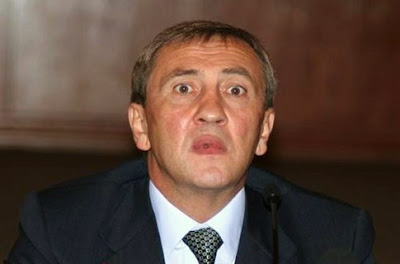
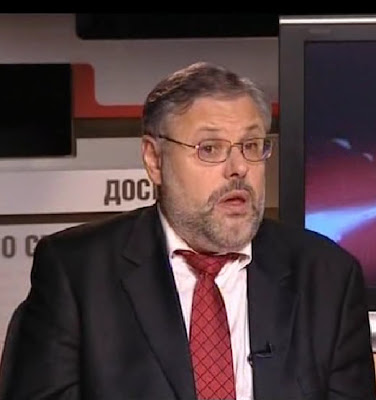

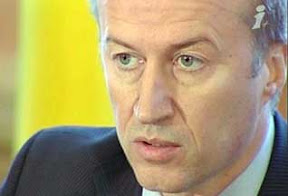

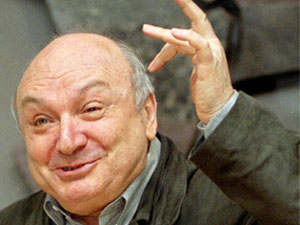
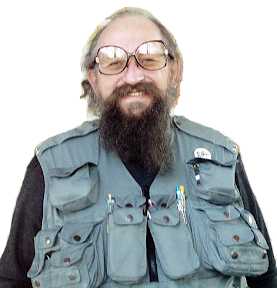
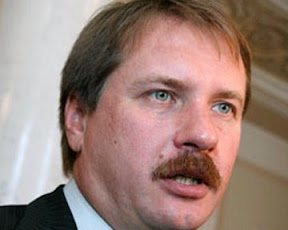

 Reply With Quote
Reply With Quote

